Tired of Feeling Like a Balloon? Your Guide to Beating the Bloat for Good
For years, I’ve sat across from people who all say some version of the same thing. They describe this awful pressure, a feeling of being uncomfortably full, like an overinflated balloon that forces them to unbutton their pants after a perfectly normal meal. It’s a frustrating problem that can ruin an otherwise great day.
In this article
- Feeling Awful Right Now? 3 Quick Wins for Immediate Relief
- The Science: What’s Actually Happening in Your Gut?
- Decoding Your Triggers: A Practical Guide
- Simple Swaps and Budget Tips for a Happier Gut
- Beyond the Plate: Other Sneaky Bloat Causes
- When to Call in the Pros
- A Quick Safety Check: When Bloating is a Red Flag
- Inspirational Gallery with Photos
I remember one client, a super-fit and active person, who was at their wit’s end. They’d just revamped their diet, adding tons of beans, lentils, and raw broccoli salads. They were trying to do everything right, yet they felt worse than ever. “I’m eating healthier than I ever have,” they told me, “so why do I feel so awful?”
Honestly, this is a super common story. Many well-intentioned health kicks can backfire if you don’t understand the mechanics of your own unique digestive system. This guide is basically the conversation I have with my clients. It’s not just a list of “bad” foods. We’re going to dive into the “why” behind bloating so you can finally get some relief.

Feeling Awful Right Now? 3 Quick Wins for Immediate Relief
Before we get into the nitty-gritty, let’s talk about what you can do today. If you’re feeling bloated and miserable, here are three simple things to try for some quick relief:
- Go for a gentle walk. After your next big meal, just a 10-15 minute walk can do wonders. It helps stimulate digestion and move trapped gas along its way. No need for a power walk, just a gentle stroll.
- Swap your drink. If you normally reach for a fizzy drink, try a warm cup of peppermint or ginger tea instead. Both are famous for their gut-soothing properties. Carbonation just adds more gas to an already bloated system.
- Chew, chew, and chew some more. This sounds almost too simple, but it’s huge. At your next meal, make a conscious effort to chew every single bite until it’s basically mush. Digestion starts in the mouth, and swallowing half-chewed food puts a massive strain on the rest of your system.

The Science: What’s Actually Happening in Your Gut?
So, what’s really going on down there? Bloating isn’t just about “too much food.” It’s a complex dance between what you eat, the tiny bacteria living in your gut, and the simple physics of your digestive tract. Most of the time, it boils down to two main things: excess gas production and water getting pulled into your gut.
Meet the FODMAPs
You’ve probably heard this term floating around. It’s not a fad diet; it’s a cornerstone of how modern experts understand digestive issues. FODMAP is an acronym for a mouthful of science terms, but what it really means is a group of specific, short-chain carbs that your small intestine has a hard time absorbing.
Because they don’t get absorbed properly, they travel down to your large intestine where the trillions of bacteria living there see them as an all-you-can-eat buffet. As the bacteria ferment these carbs, they produce gas (hello, bloating and pressure!). At the same time, these FODMAP molecules are “osmotically active,” which is a fancy way of saying they draw water into your gut like a sponge. That extra water and gas is the perfect storm for feeling heavy, crampy, and distended.
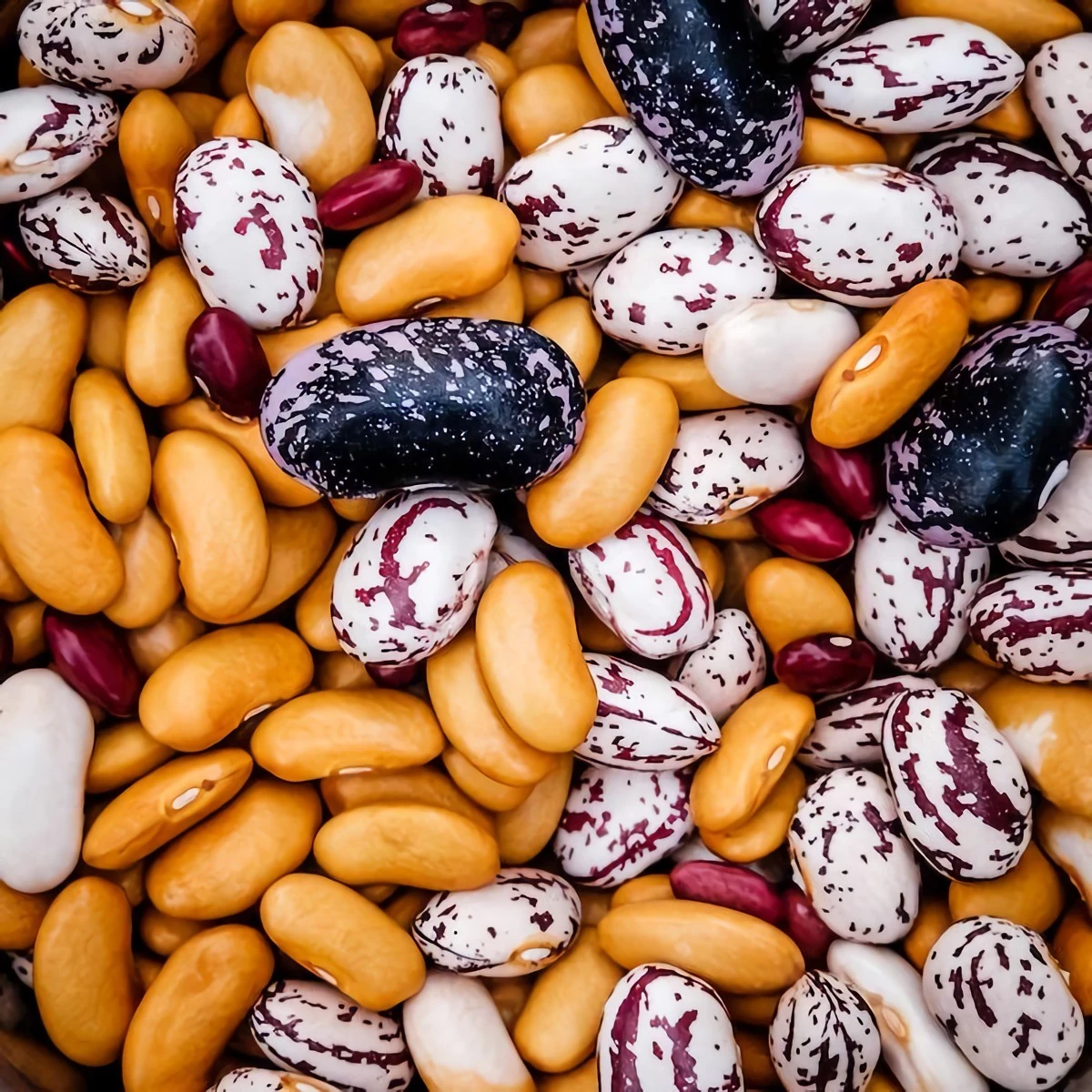
Heads up: FODMAPs aren’t evil! They’re found in tons of super healthy foods like fruits and veggies. For most people, they’re no big deal. But for those of us with sensitive guts, maybe due to an imbalance in gut bacteria or a condition like Irritable Bowel Syndrome (IBS), they can be a major trigger.
Decoding Your Triggers: A Practical Guide
Let’s get practical. Here are the most common culprits I see, plus what you can actually do about them without completely overhauling your life.
1. Legumes: The Bean and Lentil Situation
What’s happening: Beans, lentils, and chickpeas are famous for a reason. They contain a type of FODMAP called Galacto-Oligosaccharides (GOS). Our bodies don’t make the enzyme needed to break these down, so they arrive in the colon ready for a bacteria party.
How to fix it: You don’t have to give up on them! GOS are water-soluble, which is our secret weapon. Here’s a mini-tutorial I give all my clients on how to de-gas beans:
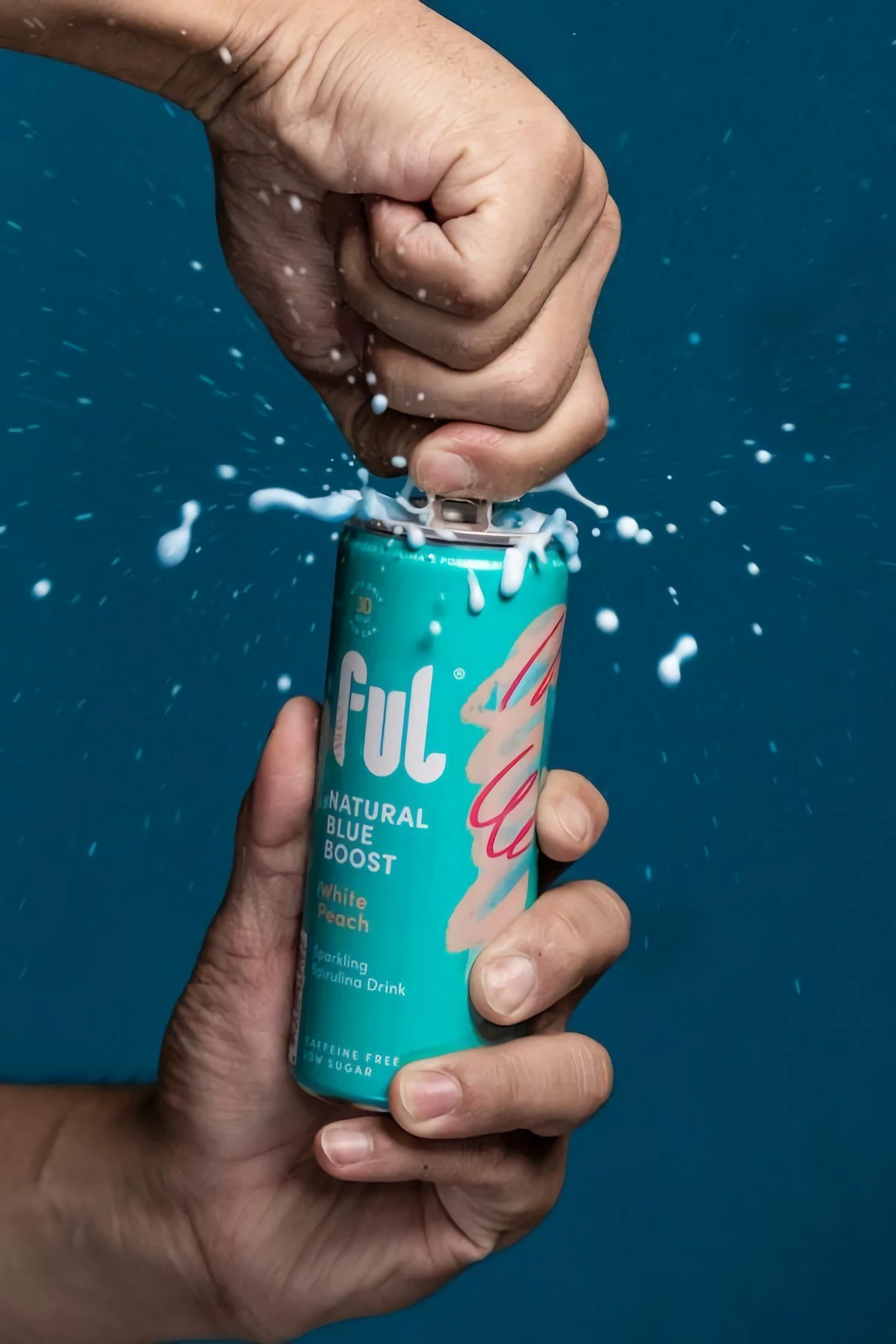
- Place 1 cup of dried beans in a large bowl.
- Cover them with at least 4 inches of cold water.
- Let them sit for at least 12 hours, or even up to 24.
- And this is the most important part: DUMP that soaking water! It’s now full of the GOS that cause bloating. Rinse the beans thoroughly under fresh water before cooking them.
Quick tip: Canned beans can be a great shortcut. The GOS have already leached into the canning liquid. Just pour the can into a colander and give the beans a really good rinse for a full minute. For many sensitive people, rinsed canned lentils are totally fine.
2. Cruciferous Veggies: Broccoli, Cauliflower & Co.
What’s happening: This family of veggies is a nutritional powerhouse, but they contain another FODMAP called fructans. They’re also high in sulfur, which can lead to… well, let’s just say less-than-pleasant-smelling gas.
How to fix it: The biggest mistake I see is people munching on huge, raw broccoli or cauliflower salads. The raw cell walls are just too tough for a sensitive gut. Cook them, and cook them well! Roasting, steaming, or boiling helps break down the tough fibers and some of the carbs. Roast that cauliflower with olive oil until it’s soft and caramelized—it’s not only easier to digest, but it’s also delicious. And watch your portions. A small side might be fine, but a giant bowl might be too much.
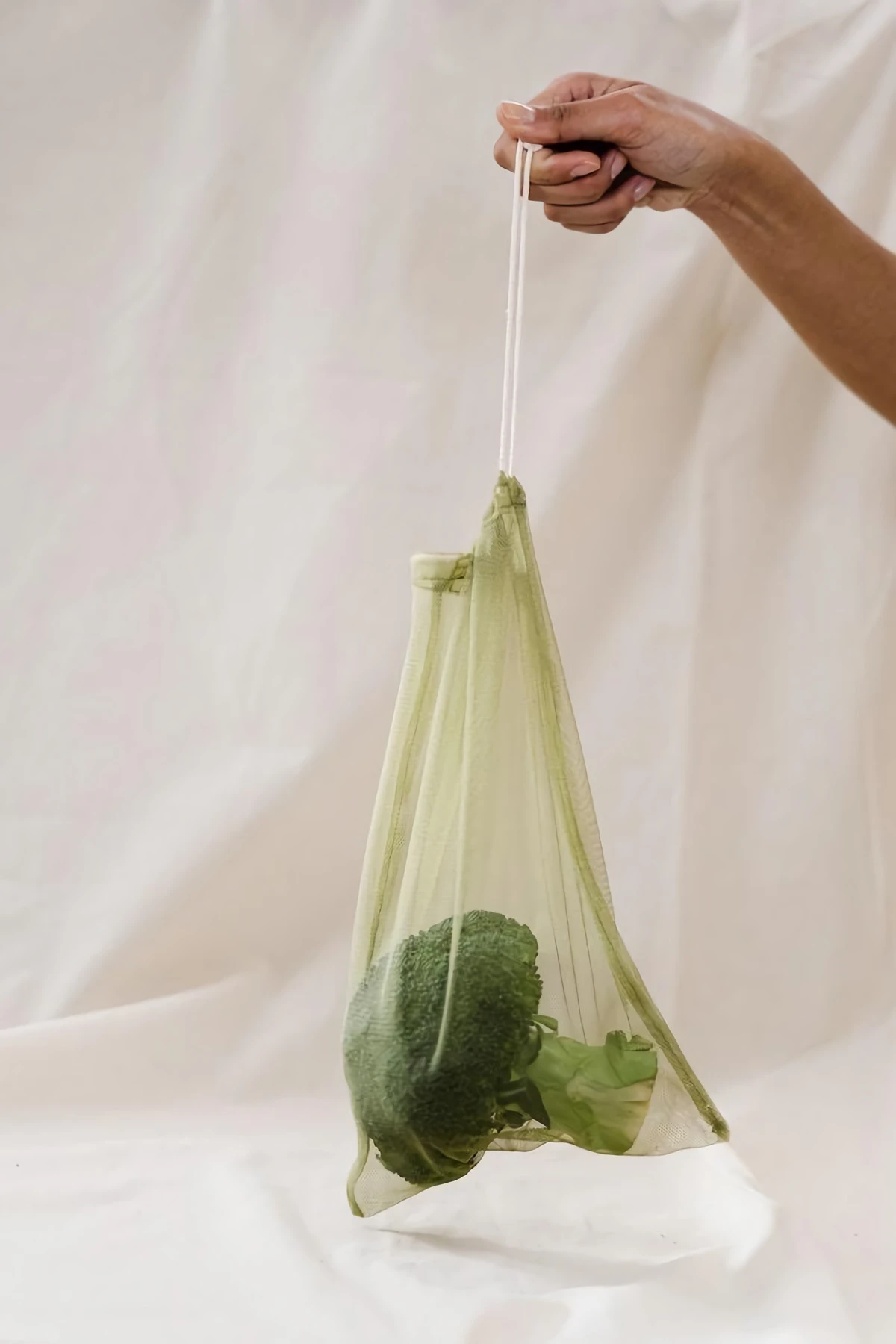
3. Onions and Garlic: The Flavor Bombs
What’s happening: To be frank, onions and garlic are probably the biggest hidden cause of bloating. They are loaded with fructans. Because they’re the flavor base for almost everything—soups, sauces, stir-fries—we eat a ton without even realizing it. Even a sprinkle of garlic powder is highly concentrated.
How to fix it: Here’s a game-changing trick. Fructans are water-soluble, but NOT oil-soluble. You can gently sauté large chunks of onion or whole garlic cloves in oil for a few minutes. The flavor will infuse into the oil. Then, you just have to remove and discard the solid pieces before you continue cooking. You get the flavor without the FODMAPs! You can buy pre-made garlic-infused oil (just check that it’s truly infused, not just oil with bits in it) at most larger supermarkets or online.
4. Dairy and Lactose
What’s happening: This is the classic one. Bloating from dairy is usually about lactose, the sugar in milk. Many adults don’t produce enough of the enzyme lactase to break it down. So, just like with FODMAPs, the lactose ends up being fermented by gut bacteria.

Good to know: This is lactose intolerance, not a milk allergy. An allergy is a serious immune reaction involving hives or breathing trouble and needs immediate medical attention. Intolerance is a digestive issue.
How to fix it: Go for lactose-free milk and yogurt; they have the lactase enzyme already added. Aged, hard cheeses like parmesan, cheddar, and swiss are also naturally very low in lactose. The aging process breaks it down. Soft cheeses like ricotta or cottage cheese are much higher.
5. Wheat, Bread, and Pasta
What’s happening: People often blame gluten, but for many, the issue is—you guessed it—fructans. Wheat, rye, and barley are huge sources of them in the average diet.
How to fix it: Try true sourdough! The traditional, slow fermentation process allows bacteria and yeast to pre-digest a lot of the fructans. A slice of authentic sourdough from a good bakery might be perfectly fine, while regular sandwich bread causes issues. Also, consider your breakfast. If a bowl of cereal leaves you bloated, try oatmeal with berries and maple syrup, or scrambled eggs with spinach and that slice of sourdough toast.
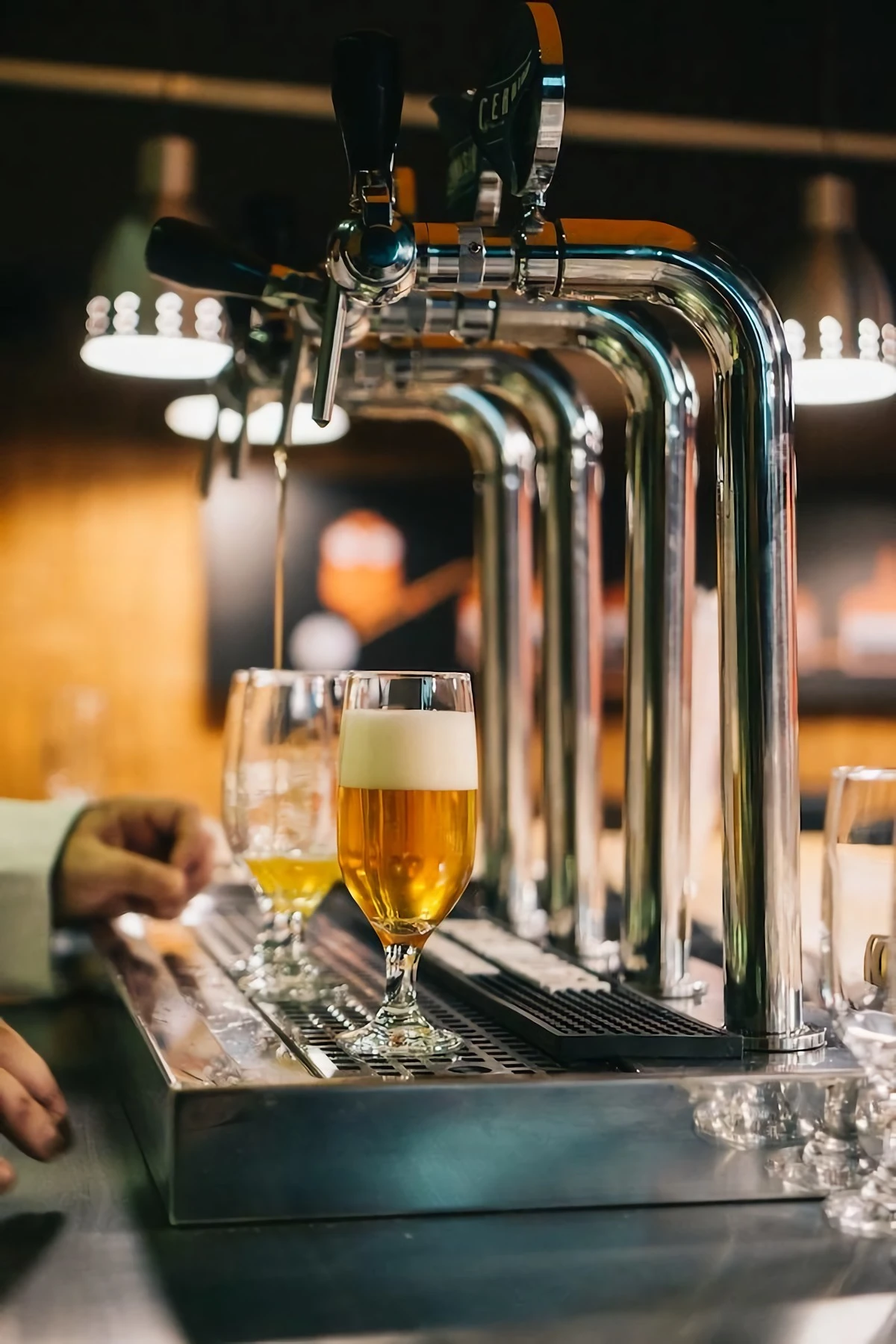
6. Certain Fruits and “Sugar-Free” Sweeteners
What’s happening: Healthy foods can still be triggers. Apples, pears, mangoes, and watermelon are high in FODMAPs. And dried fruit is like a concentrated sugar bomb. But the real landmine? Sugar alcohols in “sugar-free” products. Look for ingredients ending in “-ol” like sorbitol, mannitol, and xylitol. They are notorious for causing gas and bloating.
How to fix it: Stick to lower-FODMAP fruits like berries, oranges, and just-ripe bananas (they get higher in FODMAPs as they get spottier). And become a label detective! I once had a client whose daily mystery bloat was traced back to the three pieces of sugar-free gum they chewed every afternoon. It’s that common.
Simple Swaps and Budget Tips for a Happier Gut
Feeling overwhelmed? Let’s simplify. It’s often about easy substitutions:
- Instead of onion and garlic powder, try using fresh chives or the green tops of scallions for a mild oniony flavor.
- Instead of a big apple, have a handful of strawberries or a clementine.
- Instead of a creamy milk-based soup, opt for a broth-based vegetable soup.
- Instead of regular bread for your sandwich, try a slice of genuine sourdough or use rice cakes.
By the way, eating for a happy gut doesn’t have to be expensive. Many of the best low-bloat staples are super cheap! We’re talking rice, potatoes, carrots, spinach, and bananas. And cooking your own dried beans (after a good soak!) for a couple of bucks will give you meals for a week, way cheaper than canned.
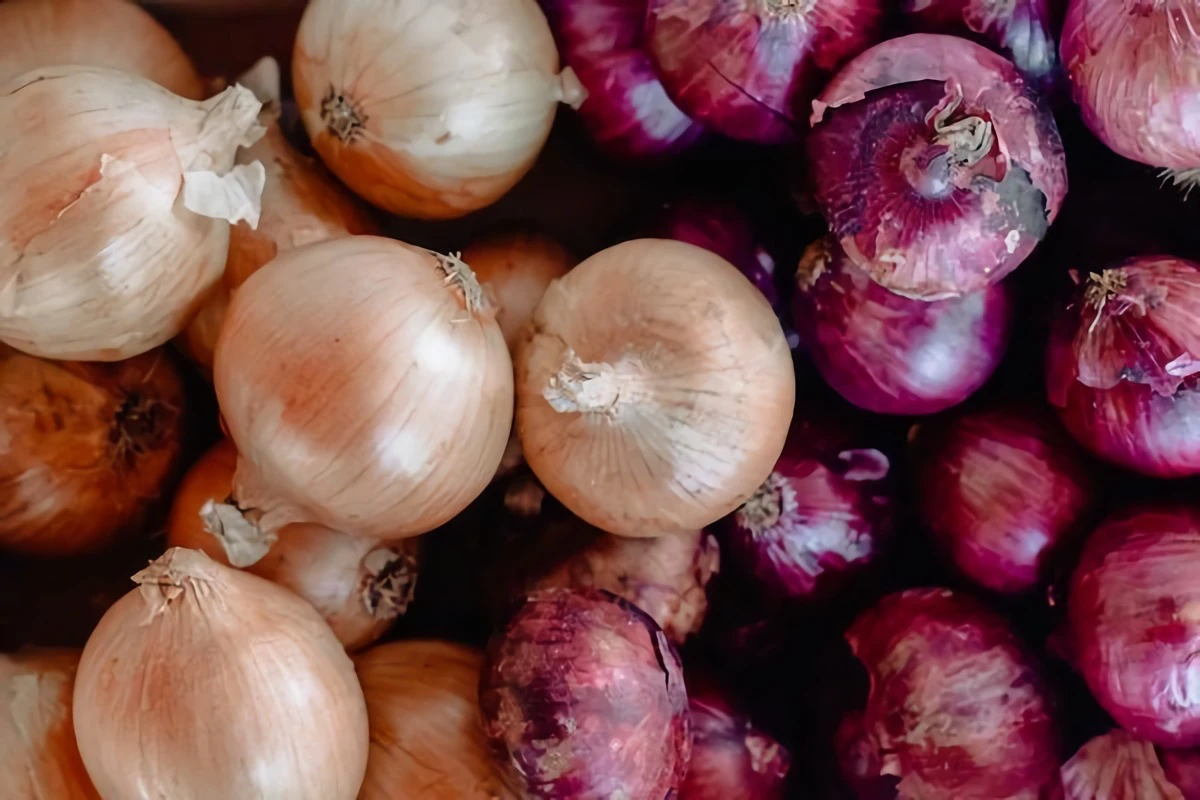
Beyond the Plate: Other Sneaky Bloat Causes
Sometimes, it’s not just what you eat, but how you eat and live.
Swallowing Air: Eating too fast, talking with a full mouth, and especially drinking carbonated beverages all make you swallow excess air. That air has to go somewhere! Slowing down and savoring your food can make a world of difference.
What You’re Drinking: We talked about carbonation, but what about other drinks? Coffee can be a gut stimulant, which is great for some and a cramp-trigger for others. Alcohol can be an irritant and often comes with sugary mixers. Pay attention to how you feel after your morning coffee or that evening glass of wine. And drinking a ton of water with your meals can dilute stomach acid for some people, making digestion less efficient. Try sipping water between meals instead of chugging it during.
Stress: Never underestimate the gut-brain connection. When you’re stressed, your body literally diverts resources away from digestion. This can make you sensitive to foods that normally wouldn’t bother you at all. Deep breathing or that gentle walk we talked about can help flip the switch back to “rest and digest” mode.
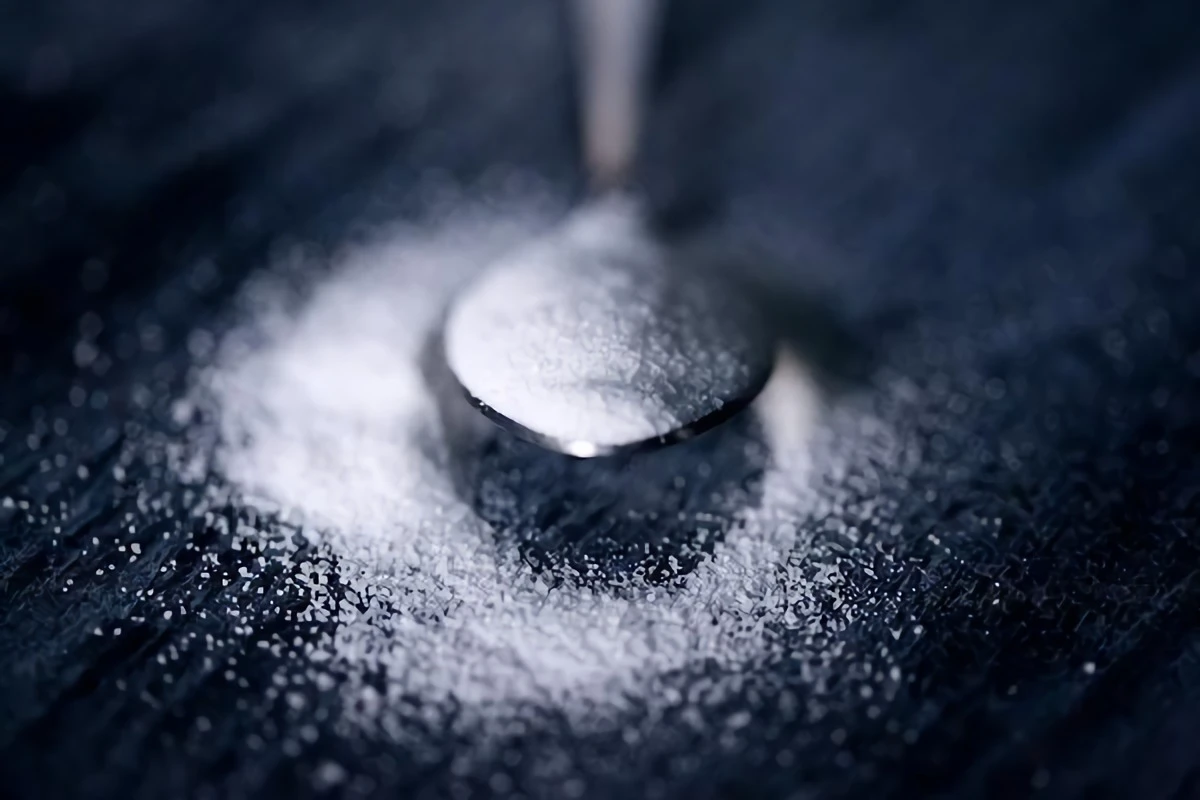
When to Call in the Pros
If you’ve tried these tips and are still really struggling, it might be time for a more structured approach. The low-FODMAP diet is considered the gold standard diagnostic tool. But let me be clear: it’s not a forever diet. It’s a temporary process to identify your specific triggers, and it’s best done with a registered dietitian who can guide you safely.
You can also ask your doctor or a pharmacist about over-the-counter enzymes. Products with lactase can help with dairy, and those with alpha-galactosidase (the main ingredient in products like Beano, which usually cost between $10-$15 for a bottle) can help your body break down the sugars in beans and veggies before they cause problems.
A Quick Safety Check: When Bloating is a Red Flag
While most bloating is harmless (though annoying), it can sometimes be a sign of something more serious. Please see a doctor if your bloating is paired with any of these red flags:

- Unexplained weight loss
- Severe or worsening abdominal pain
- Blood in your stool
- Fever or vomiting
- Bloating that is constant and never seems to ease up
These could be signs of conditions that need proper medical diagnosis, like Celiac Disease or Inflammatory Bowel Disease. Always get checked out to be safe.
Tackling bloating is a journey of self-discovery. It takes a little patience and observation, but by listening to your body and using these techniques, you can absolutely build a diet that nourishes you without the painful side effects. You deserve to enjoy food and feel great in your body.
Inspirational Gallery with Photos
Is my daily smoothie making me bloated?
It might be. While packed with nutrients, smoothies can be a major source of bloating for two reasons. First, gulping them down quickly means you’re swallowing a lot of air. Second, blending high-FODMAP fruits like apples, mangoes, or pears with a large amount of kale can create a fermentable cocktail that your gut struggles to process. Try sipping slowly and switching to low-FODMAP bases like blueberries, strawberries, and spinach to see if it makes a difference.
- Less post-meal pressure
- Better nutrient absorption from your food
- A calmer digestive system overall
The secret? Harnessing the power of digestive bitters. A few drops of a herbal bitter tincture, like those from Urban Moonshine, taken 15 minutes before a meal can stimulate your body’s natural production of stomach acid and enzymes, preparing it to digest your food more efficiently.
Did you know that up to 90% of the body’s serotonin, a key mood-regulating neurotransmitter, is produced in the gut?
This is the essence of the gut-brain axis. Chronic bloating and digestive distress aren’t just physical; they can directly impact your mood, energy levels, and even contribute to feelings of anxiety. Soothing your gut isn’t just for physical comfort—it’s a powerful act of self-care for your mental well-being too.
Probiotics: These are the “good” live bacteria themselves. Found in fermented foods like yogurt, kefir, and kimchi, or in supplements (look for brands like Culturelle or Garden of Life), they help populate your gut with beneficial microbes.
Prebiotics: This is the *food* for your good bacteria. They are non-digestible fibers found in foods like asparagus, onions, garlic, and bananas. They nourish the probiotics you already have.
For a healthy gut, you need both. Think of it as having the right team players (probiotics) and giving them the best nutrition (prebiotics) to thrive.
Sometimes the culprit is hiding in plain sight. Many ‘sugar-free’ or ‘diet’ products, from chewing gum to protein bars, use sugar alcohols like sorbitol, mannitol, and xylitol for sweetness. While they don’t impact blood sugar, they are poorly absorbed in the small intestine and can cause significant gas, bloating, and discomfort for many people. Check your labels!
Important point: Don’t chug water *with* your meals. While staying hydrated is crucial, drinking large amounts of liquid during a meal can dilute your stomach acid. This makes it less effective at breaking down proteins and killing off unwanted bacteria, putting more strain on the rest of your digestive tract. Instead, focus on hydrating between meals and take only small sips during your meal if needed.
Creating a soothing post-meal ritual can be as important as what you eat. Instead of slumping on the sofa, try brewing a dedicated digestive tea. A warm cup of Pukka’s ‘Three Fennel’ or Traditional Medicinals’ ‘Gas Relief’ tea contains carminative herbs that have been used for centuries to relax intestinal muscles and help dispel trapped gas. It’s a gentle, comforting way to signal to your body that the meal is over and it’s time to digest peacefully.
- Raw cruciferous vegetables (broccoli, cauliflower, Brussels sprouts)
- Beans and lentils (when not properly soaked or introduced too quickly)
- Onions and garlic (even in small amounts for sensitive individuals)
- Apples and pears (high in fructose and sorbitol)
- Dairy products (if you have any level of lactose intolerance)
A single gram of undigested carbohydrate can produce up to 400 ml of gas through fermentation by gut bacteria.
Finding the foods that trigger your bloating can feel like a complex puzzle. This is where a simple food and symptom diary becomes an invaluable tool. For two weeks, jot down everything you eat and drink, the time you consume it, and any symptoms of bloating, gas, or discomfort you experience, rating them on a scale of 1-5. You’ll quickly start to see patterns emerge that connect specific meals to your worst symptoms, giving you clear, personalized clues for what to adjust.










